Understanding the differences between electric bike vs regular bike is essential for anyone looking to make an informed choice about their next ride. While both types of bikes serve the same fundamental purpose of providing two-wheeled transportation, they differ significantly in terms of mechanics, power source, and riding experience. In this comprehensive guide, we'll delve into the inner workings of electric bikes, compare them to regular bikes, and explore the various benefits and drawbacks of them.

How Do Electric Bikes Work?
Electric bikes, or e-bikes, enhance the traditional cycling experience with the addition of an electric motor, battery, and control system. The motor provides power assistance, making it easier to pedal and travel longer distances with less effort. The battery supplies energy to the motor and can be recharged using a standard electrical outlet. A controller manages the power flow from the battery to the motor based on the rider's input, whether it's pedaling or using a throttle.
In pedal-assist mode, the most common way to ride an e-bike, sensors detect the rider's pedaling speed and force, adjusting the motor's power accordingly. This means the motor will help more when you're pedaling harder, like going up a hill, and less on flat terrain. Some e-bikes also have a throttle mode, which allows the rider to engage the motor with a simple twist or button press, without needing to pedal. This is useful for quick bursts of speed or when starting from a stop.
Similarity of Electric Bike and Regular Bike
Electric bikes and regular bikes share many core components, such as frames, wheels, pedals, and handlebars, which define their basic structure and functionality. Both types of bikes are used for transportation, recreation, and exercise, allowing riders to navigate various terrains and distances.
The design principles of ergonomics and efficiency apply equally to both, ensuring a comfortable and effective riding experience. Additionally, both electric and regular bikes require similar maintenance routines, including tire pressure checks, brake adjustments, and gear lubrication to keep them in good working condition.
Differences between Electric Bike and Regular Bike
While electric bikes and regular bikes share many similarities, the differences are significant and can greatly affect the riding experience.
Speed
One of the most noticeable differences between electric bikes vs regular bikes is the speed they can achieve. Electric bikes, equipped with a motor, can reach higher speeds with less effort from the rider. Depending on the model and local regulations, e-bikes can assist riders up to speeds of 20 mph or even 28 mph. This makes them particularly useful for commuting and long-distance travel, as they can significantly reduce travel time compared to regular bikes.
Regular bikes, on the other hand, rely solely on human power. While experienced cyclists can achieve high speeds, it generally requires more physical effort, especially on inclines or rough terrain. For most riders, the average speed on a regular bike is typically lower than on an e-bike, making longer journeys more time-consuming.
Riding Experience
The riding experience on an electric bike differs greatly from that on a regular bike. E-bikes offer various levels of pedal assist, allowing riders to choose the amount of assistance they receive. This customization can enhance the overall riding experience, making it adaptable to different terrains and personal preferences. Some e-bikes also come with throttle control, enabling the bike to move without pedaling, similar to a scooter. This can be particularly beneficial for older riders, those with physical limitations, or anyone who wants to avoid arriving at their destination sweaty and exhausted.
Conversely, regular bikes offer a more traditional cycling experience. The absence of motor assistance means that riders rely entirely on their own physical strength, which can be more challenging but also more rewarding for those seeking a good workout. Regular bikes are often preferred by cycling enthusiasts who enjoy the physical exertion and the sense of achievement that comes with riding under their own power.
Maintenance and Repairs
Maintenance and repair needs also differ between electric bikes and regular bikes. Regular bikes are generally simpler machines with fewer components, making them easier and cheaper to maintain. Routine tasks such as cleaning, lubricating the chain, and checking tire pressure can be done by most riders without specialized knowledge or tools. Repairs are typically straightforward, and parts are widely available and relatively inexpensive.
Electric bikes, however, have additional components such as the motor, battery, and electrical system, which require specialized knowledge for maintenance and repair. While routine bike maintenance tasks still apply, e-bikes also need attention to their electrical components. The battery, for instance, requires proper charging and storage to maintain its lifespan. Motors and controllers may need periodic checks and software updates.
Repairs on an electric bike can also be more complex and costly. Specialized parts might not be as readily available, and labor costs for repairs can be higher due to the technical nature of the components. It's also important to consider the long-term costs of battery replacement, which can be a significant expense.
Benefits and Drawbacks of Electric Bikes Compared to Regular Bikes
When considering whether to choose an electric bike or a regular bike, it's essential to weigh the benefits and drawbacks of each.
Benefits of Electric Bikes
- Ease of Use: Electric bikes make cycling accessible to a broader range of people, including those who may find regular biking physically challenging. The motor assistance helps reduce the effort required, making it easier to tackle hills and longer distances.
- Speed and Efficiency: With the added power from the motor, e-bikes can travel at higher speeds and cover more ground in less time. This makes them ideal for commuting and reducing travel time.
- Environmentally Friendly: E-bikes offer a greener alternative to cars for short to medium distances, reducing reliance on fossil fuels and lowering carbon emissions. They also promote healthier lifestyles by encouraging people to cycle more.
- Versatility: Many e-bikes come with different levels of pedal assist and throttle options, allowing riders to customize their riding experience. This versatility makes them suitable for a variety of terrains and riding conditions.
Drawbacks of Electric Bikes
- Cost: The higher initial investment and ongoing maintenance costs can be a significant drawback for many potential buyers. The cost of replacing batteries and other components should also be factored in.
- Weight: The added weight of the motor and battery can make e-bikes cumbersome to handle, especially when not riding. This can be an issue for those who need to carry their bike upstairs or onto public transportation.
- Maintenance: E-bikes require more specialized maintenance due to their electrical components. This can be more expensive and time-consuming compared to regular bikes.
- Battery Life and Range Anxiety: Concerns about battery life and the distance an e-bike can travel on a single charge can cause "range anxiety." Riders need to plan their trips carefully and ensure they have access to charging points if traveling long distances.
Conclusion
In conclusion, both electric bikes and regular bikes have their advantages and disadvantages. Electric bikes are a great choice for those looking for an easier, faster, and more environmentally friendly way to commute or explore the outdoors. However, they are more expensive and require more maintenance than regular bikes. Ultimately, the choice between an electric bike vs regular bike depends on your personal preferences, budget, and intended use.
FAQ
How Far Can You Travel on an Ebike Compared to a Regular Bike?
The distance you can travel on an electric bike (e-bike) compared to a regular bike depends on several factors, including the battery capacity, the level of pedal assistance used, the terrain, and the rider's weight. On average, an e-bike can travel between 20 to 50 miles on a single charge, although some high-end models can go even further. In comparison, a regular bike's range is unlimited, as long as the rider has the stamina to pedal and carries an inflator.
Is It Easier to Ride an Ebike than a Regular Bike?
Riding an ebike is generally easier than riding a regular bike, especially when it comes to tackling hills and headwinds. The motor assistance provided by an ebike makes pedaling less strenuous, allowing riders to maintain higher speeds with less effort. This can be particularly beneficial for older riders or those with physical limitations.


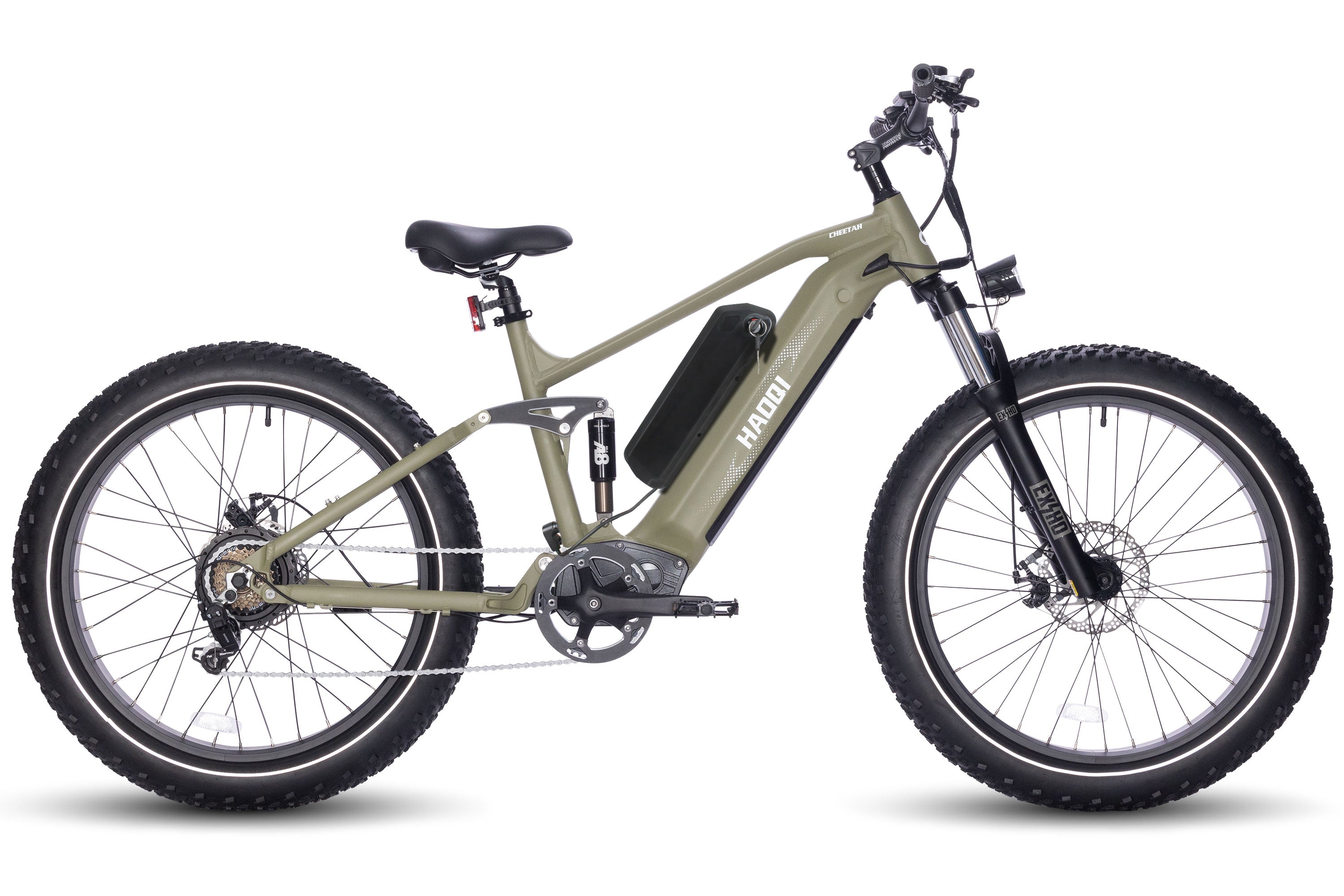
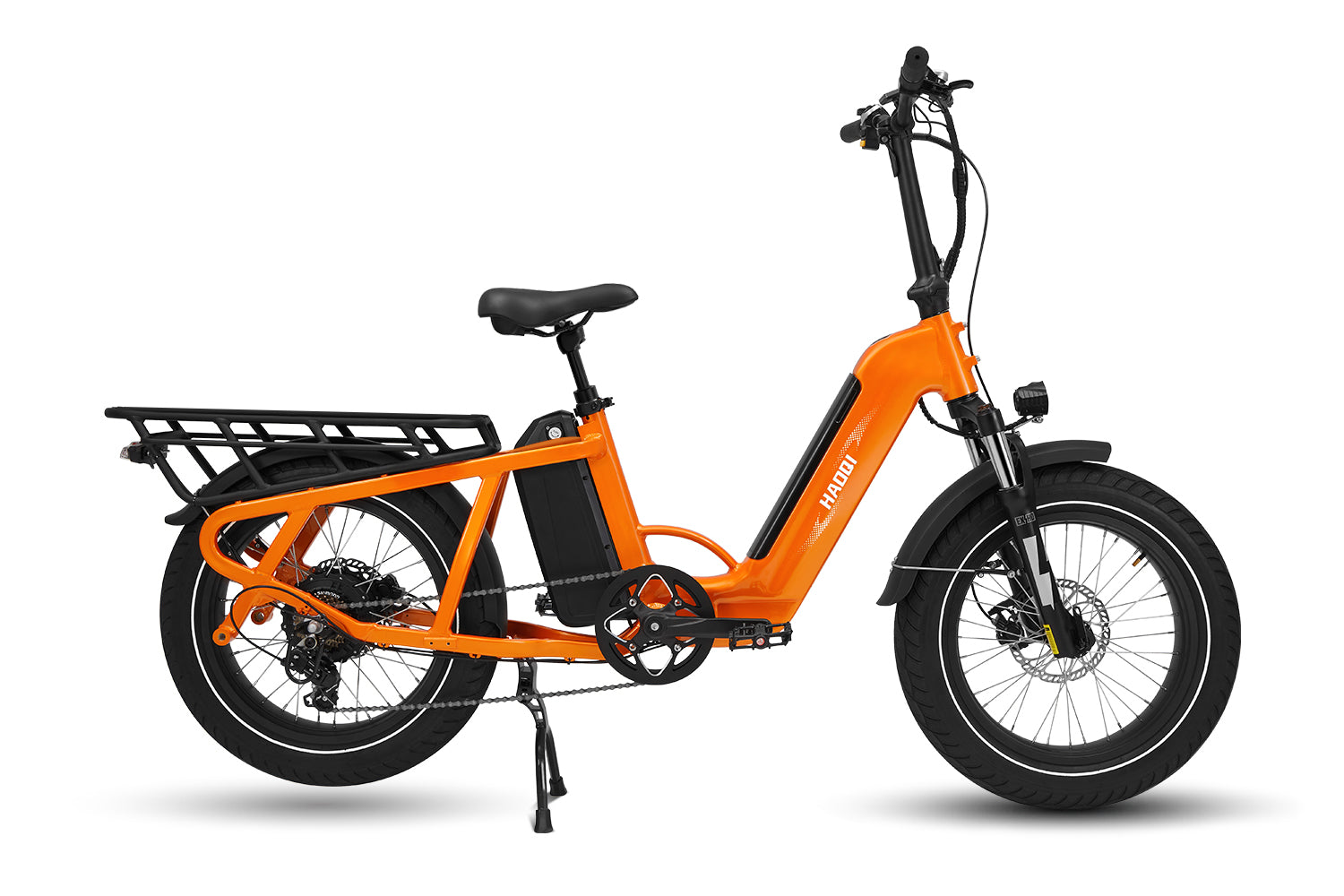
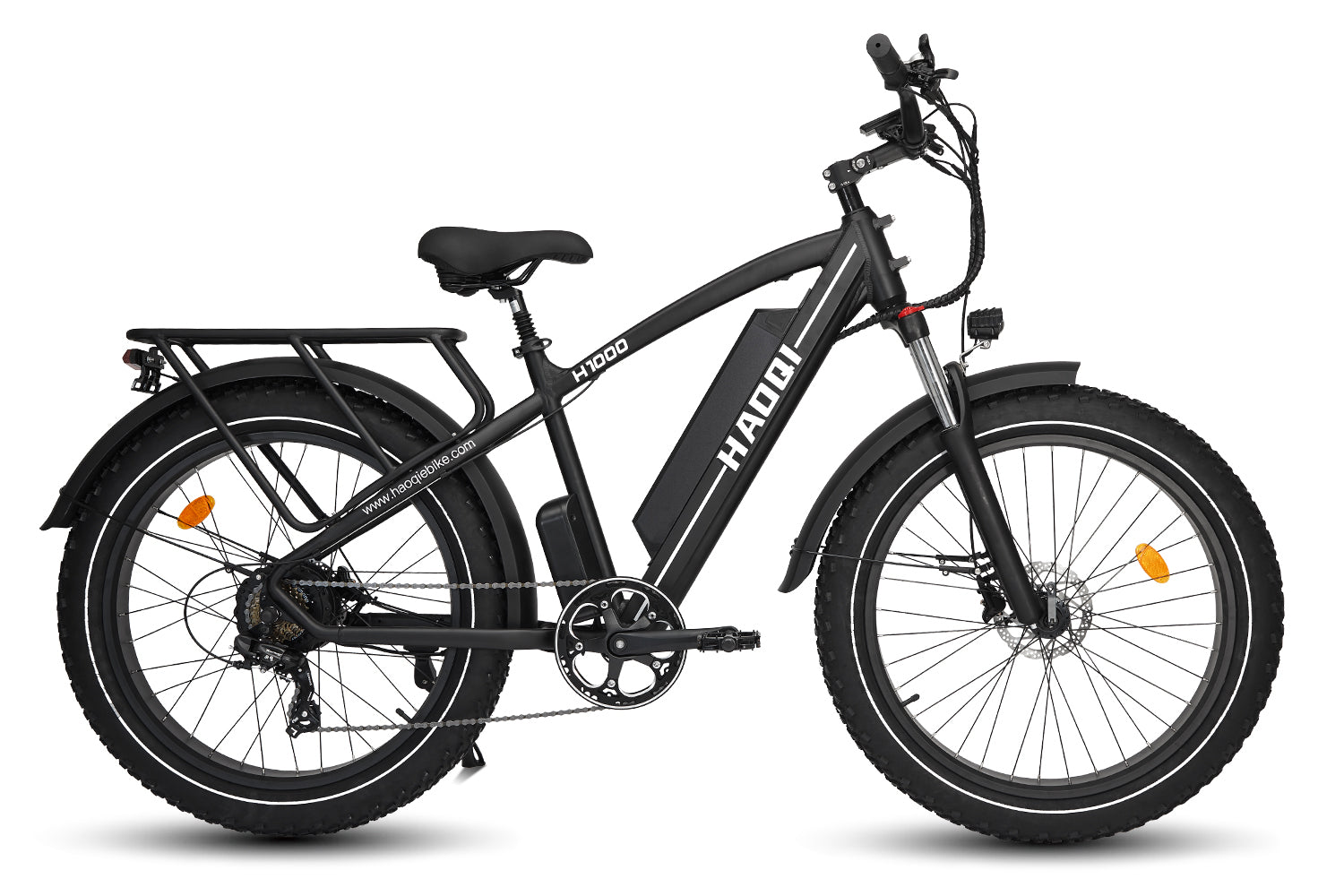
![HAOQI Antelope 500W Cargo Electric Bike (UL Certified) [electric bike] [HAOQI ebike]](http://haoqiebike.com/cdn/shop/products/haoqi-antelope-cargo-electric-bike-with-dual-battery-haoqiebike-com-1.jpg?v=1753954498&width=1500)
![HAOQI Squirrel Folding Electric Bike (UL Certified) [electric bike] [HAOQI ebike]](http://haoqiebike.com/cdn/shop/files/1_03c67b67-715e-4617-a648-51f108ceb425.jpg?v=1766473332&width=1500)
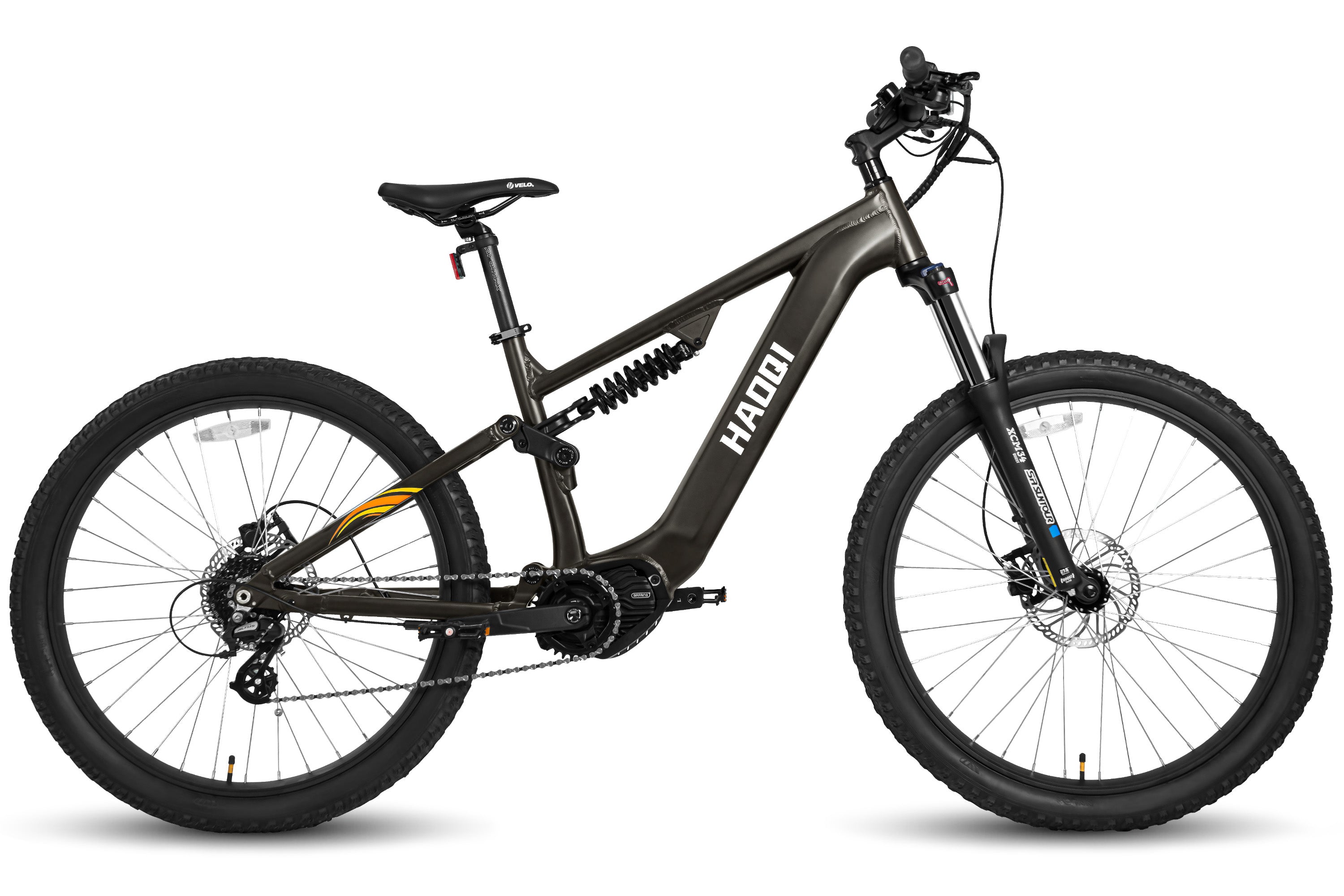
![HAOQI Eagle Long Range Electric Bicycle (UL Certified) [electric bike] [HAOQI ebike]](http://haoqiebike.com/cdn/shop/files/2_bf7ae46b-aad6-472a-9c14-d56ca3f0feb6.jpg?v=1755142722&width=1500)
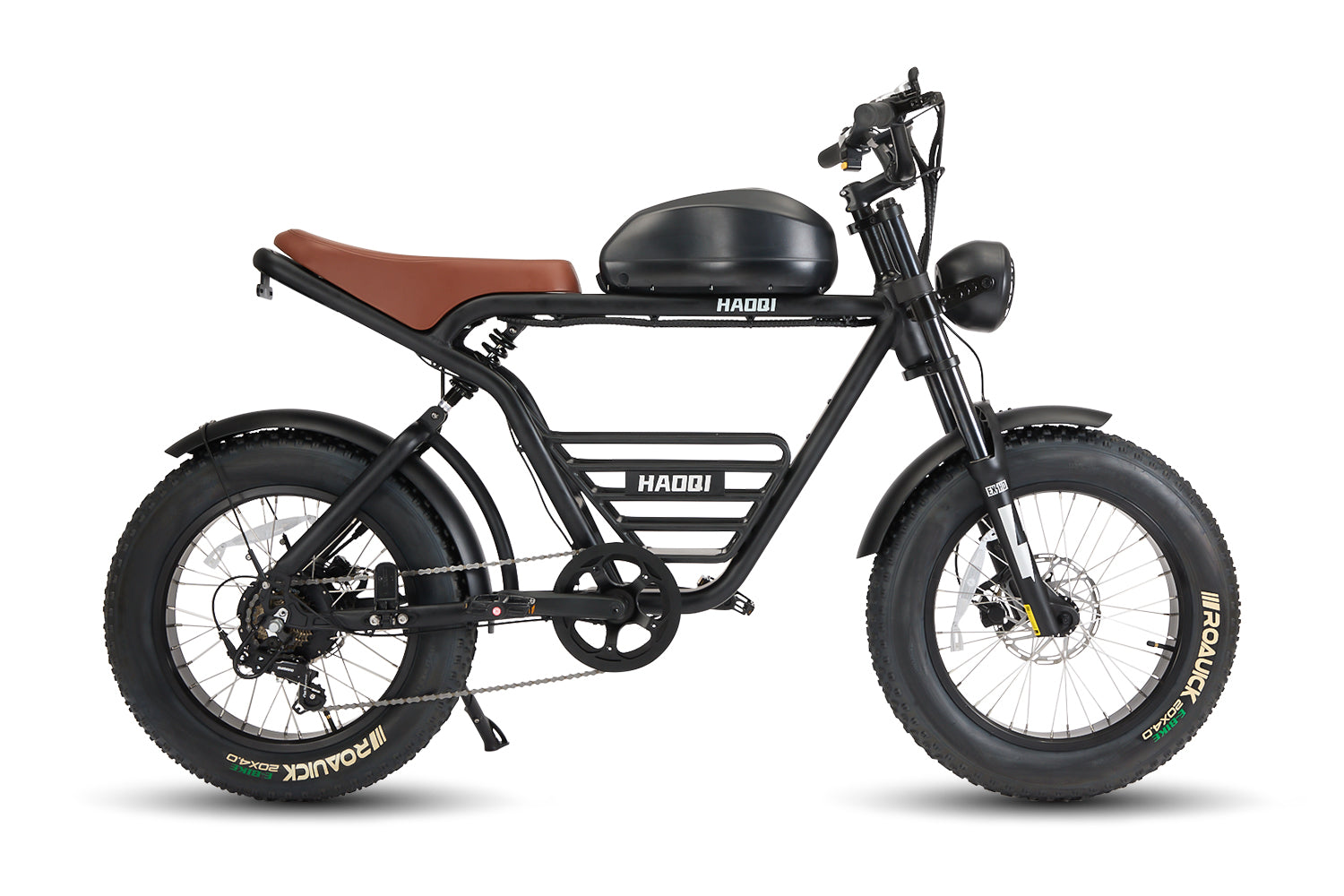
![HAOQI Antelope Pro 750W Cargo Electric Bike (UL Certified) [electric bike] [HAOQI ebike]](http://haoqiebike.com/cdn/shop/products/haoqi-antelope-pro-cargo-electric-bike-with-dual-battery-750w-haoqiebike-com-1.jpg?v=1751610204&width=1500)


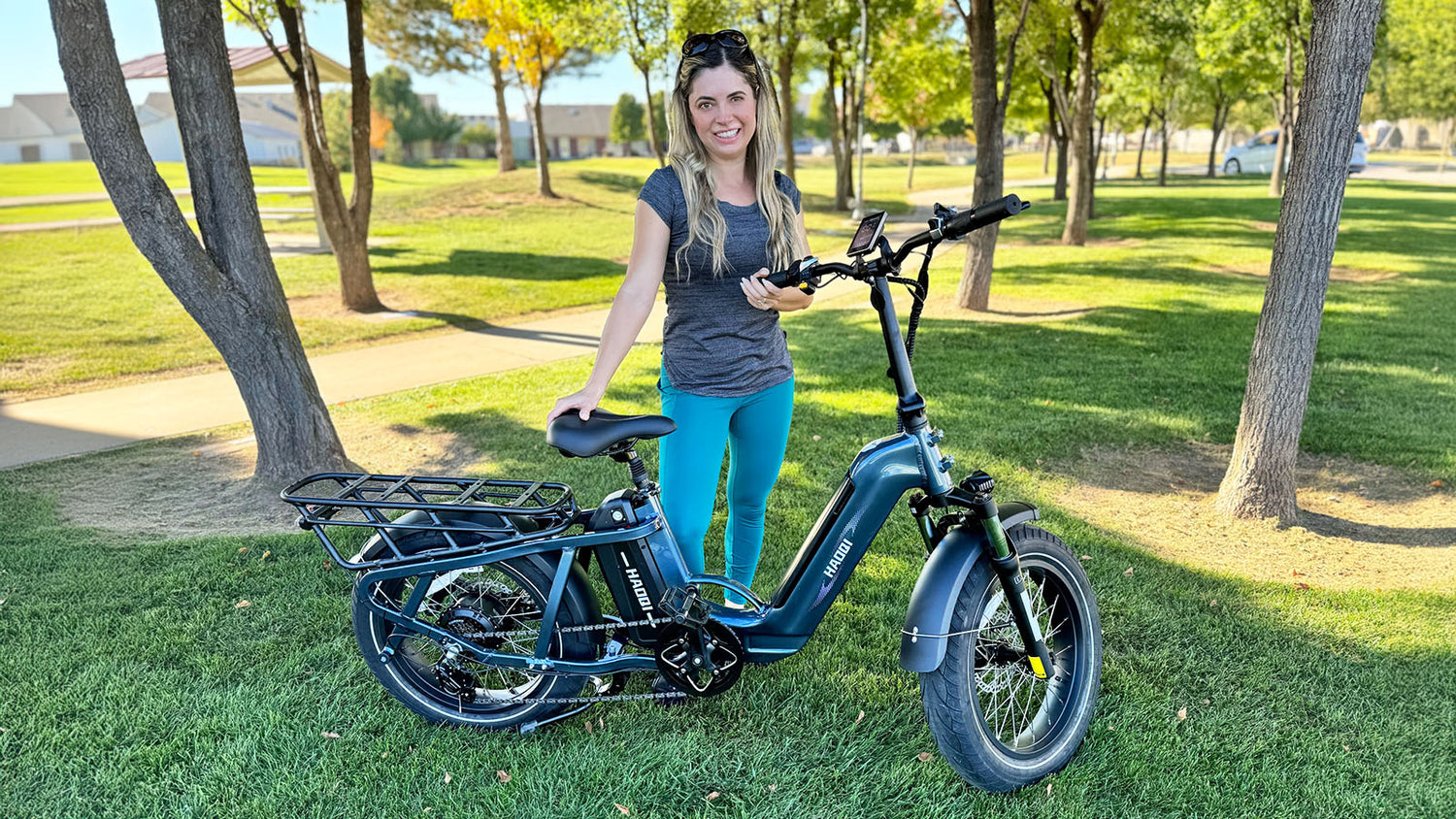






Leave a comment
All comments are moderated before being published.
This site is protected by hCaptcha and the hCaptcha Privacy Policy and Terms of Service apply.